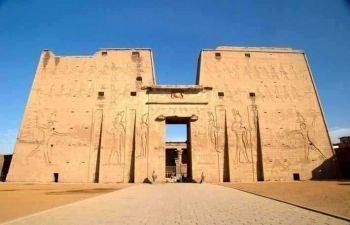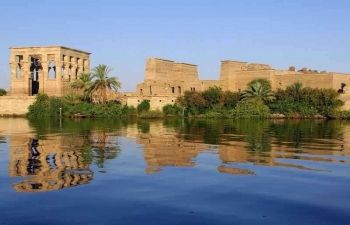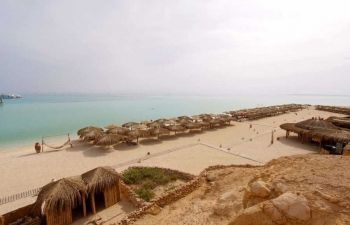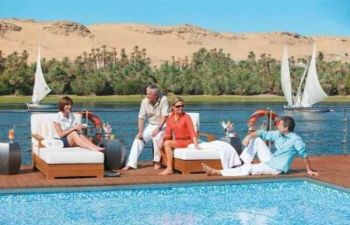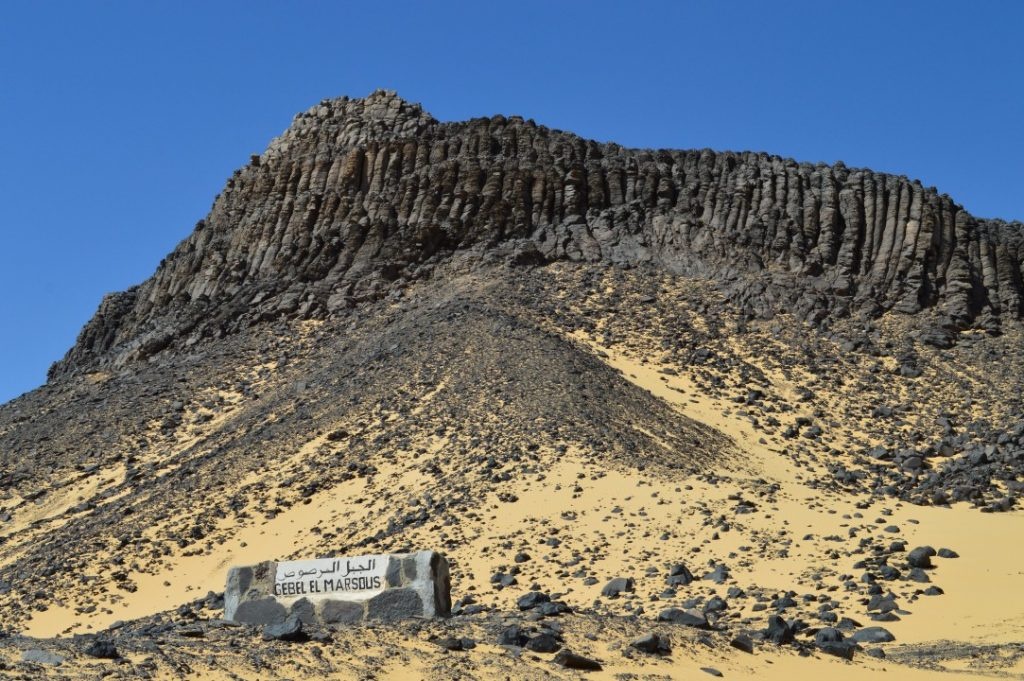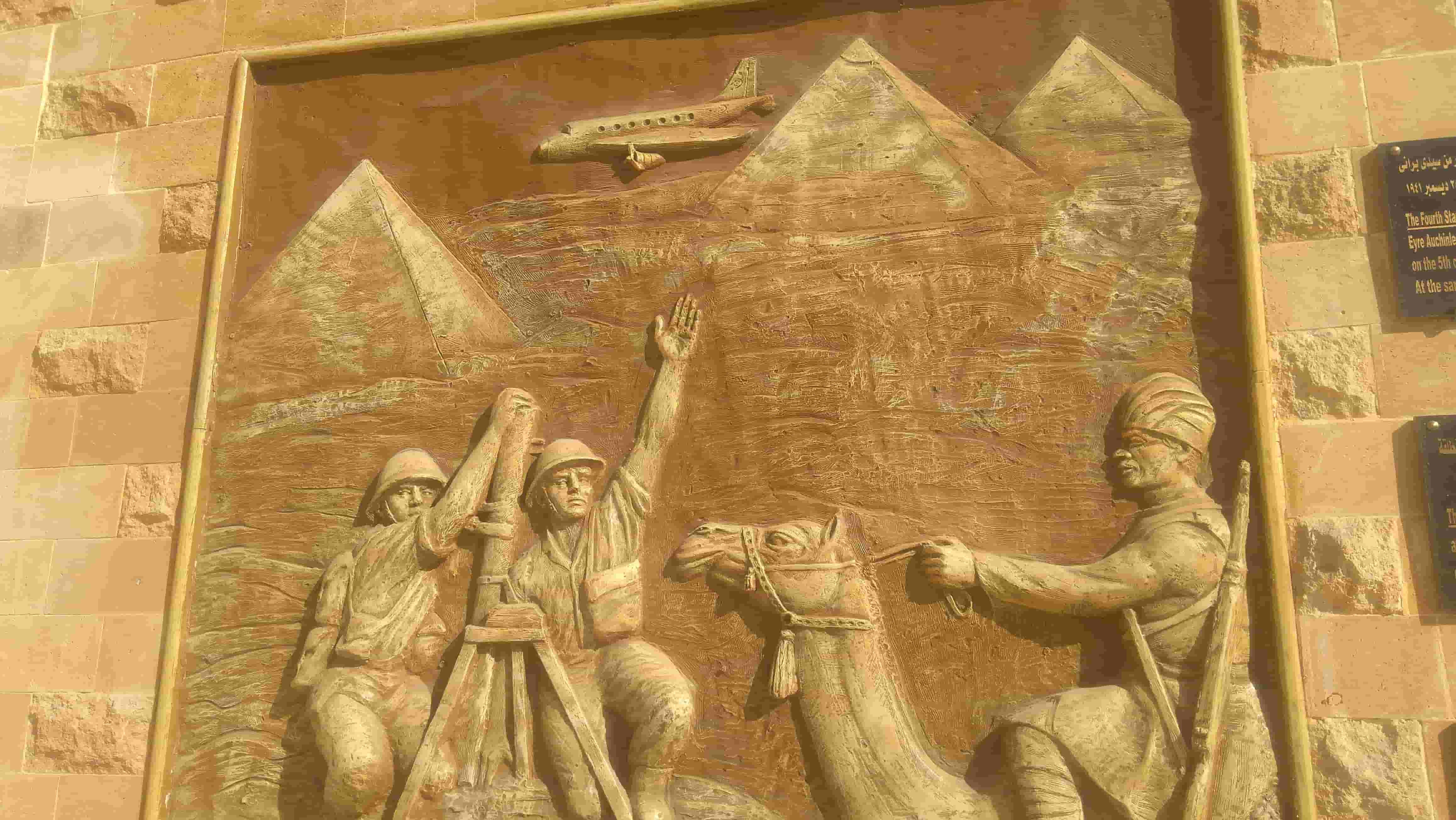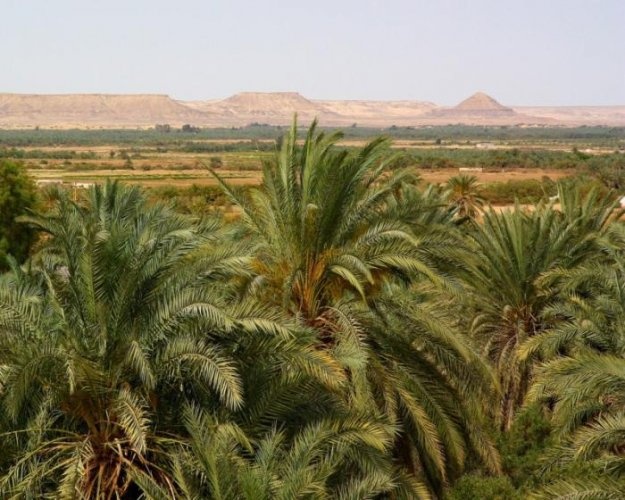Top 10 Attractions in Siwa oasis
Siwa is different, It is Egyptians, but North African. Most siwans are Berbers, people that one roamed the North African coast from Tunisia to Morocco. The Berbers are the true western desert indigenous people, as early as 10,000 b.C. The Siwan Language, traditions, rites, dress, decorations.
Top 10 Attractions in Siwa oasis
Siwa is different, It is Egyptians, but North African. Most siwans are Berbers, people that one roamed the North African coast from Tunisia to Morocco. The Berbers are the true western desert indigenous people, as early as 10,000 b.C.The Siwan Language, traditions, rites, dress, decorations and tools are mostly alien to the other oases in the western desert. They are more mostly aligned with people from the Maghreb, the Northern coast of Africa from Tripoli to Morocco. Siwa, known to have been inhabited in Paleolithic and Neolithic times. It was called Santariya by the Arab.The Oasis of Jupiter- Amun, Marmaricus Hammon Little is known about Siwa during the thousands of years of the ancient Egyptians Civilization. No monuments from any of the three major Egyptians period. the old, middle or new kingdoms have been found in Siwa. There are indications that, along with other oases. It was colonized by Ramses the Third. Evidence exists from the twenty-sixth dynasty(66-3-525 B.c.) to indicate that Siwa was part of the Egyptians Empire during those times. Once the Greeks established themselves in Cyrene(In Present-day- Libya), legend tells us the oracle of Amun was discovered and elevated to a place of honour among the Greeks, one by one, the Great leaders came for advising and focus, They had to endure the great hardship to reach their quest. The most important visitors of all was Alexander the great.
Alexander the great and Siwa oasis
 . After conquering Egypt( 331 B.c.)and Founding the city of Alexandria
, Alexander like Perseus and Hercules before him, made the long and exhausting eight-days journey far into the desert to consult, the famous oracle of Amun.The Campain of Alexander got lost, run out of the water, halfway along the desert route the guides lost their way. The Expedition was saved only by Miraculous intervention of two hissing snakes who let the Caravan into Siwa
Geography. The Siwa depression,82 Kilometers long and 9 to 28 Kilometers wide, is the furthest Egyptian depression from the Nile valley. The Northern escarpment comprises a system of bays and outlier mountains cut by wadis and passes, The southern portion of the oasis, Including the escarpment, is inundated by dunes from the great sand sea which extend over 500 Kilometers North to the south and -60 to 80 kilometres.
. After conquering Egypt( 331 B.c.)and Founding the city of Alexandria
, Alexander like Perseus and Hercules before him, made the long and exhausting eight-days journey far into the desert to consult, the famous oracle of Amun.The Campain of Alexander got lost, run out of the water, halfway along the desert route the guides lost their way. The Expedition was saved only by Miraculous intervention of two hissing snakes who let the Caravan into Siwa
Geography. The Siwa depression,82 Kilometers long and 9 to 28 Kilometers wide, is the furthest Egyptian depression from the Nile valley. The Northern escarpment comprises a system of bays and outlier mountains cut by wadis and passes, The southern portion of the oasis, Including the escarpment, is inundated by dunes from the great sand sea which extend over 500 Kilometers North to the south and -60 to 80 kilometres.


 3-CLEOPATRA`S BATH
3-CLEOPATRA`S BATH
The springs of Siwa are famous throughout the western desert, The spring of the sun or Cleopatra's bath, has been mentioned by travellers to Siwa since the days of Herodotus, legend maintains that Cleopatra swam here when she visited Siwa oasis , So, It must be assumed, did Alexander the great
, So, It must be assumed, did Alexander the great
 6-Fatnas AT SUNSET
6-Fatnas AT SUNSET
Fatnas is Small island in Birket Siwa, you can reach it by walk or by bike, It is a wonderful place to sit and enjoy the sunset, You will get a spectacular view of the lake with Gebel Bayda and Hamra forming the backdrop to the west, A walk in the Garden show a variety of trees including Banana, dates and olive. 7-GEBEL- AL MAWTA
7-GEBEL- AL MAWTA
Gebel Al Mawta, Mountain of the Dead, is a conical mountain a little over a kilometre to the north of Shali. Tombs from twenty-sixth Dynasty, Ptolemaic, and the Roman periods are cut into the side of the mountain, There are four tombs worth seeing at Gebel Al – Mawta.
Tomb of Niperpathot
The tomb of Niperpathot is a large tomb and one of the oldest tombs in the oasis, Almost certainly from the Twenty-sixth Dynasty. It has a court with 3 tombs on the Mountain. Niperpathot was the Prophet of Osiris and scribe of the dive documents. The Tomb of the Crocodile:
Excavated in 1941 and consists of three rooms and decorations of Osiris, Hathor and Crocodile Sobek
The Tomb of Si- Amun:
Ahmed Fakhry called the tomb of Si Amun, the most beautiful in the western desert. Si Amun appears to have been a wealthy oasian, Perhaps Greek origin, but a follower to the ancient Egyptians believe, The tomb contains Image from the Egyptians pantheon, including an Exquisite painting of the goddess nut standing beside a sycamore tree.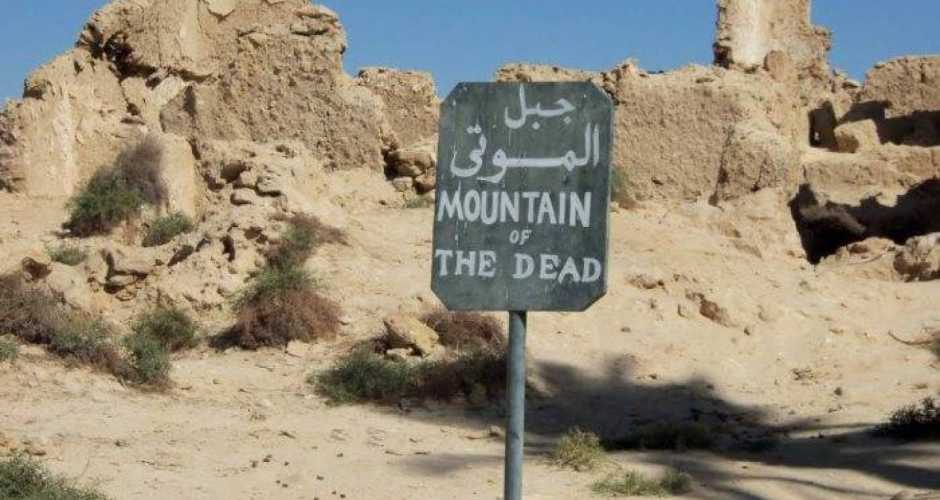





1-FORTRESS OF SHALI
The fortification of Shali is located in the centre of modern Siwa in the Siwa Oasis and is basically the old town. Some of the buildings of the old town are even still in use, but due to their construction of salt, mud, rock and plaster, they fall more into ruin each year. In fact, up until some extreme rain in 1926, much of the old town was still in use. The area dates from the 13th century.
2-GEBEL DAKRUR
Siwa appears at first as a sweet and innocent place deep in the desert which has just opened its eyes to the modern world and still lets itself be amazed. Which is not wrong, the asphalted road opened first in 1984. There is no better place to take in fabulous views over the entire oasis than at Gebel Dakrur. It is a fair climb, but can probably be vertigous for some. The mountain has three peaks and lies near the Birket Zeitun. But there are stunning views over the western part of the oasis too. Every year, the Tourist Festival is held on the mountain's foot. 3-CLEOPATRA`S BATH
3-CLEOPATRA`S BATHThe springs of Siwa are famous throughout the western desert, The spring of the sun or Cleopatra's bath, has been mentioned by travellers to Siwa since the days of Herodotus, legend maintains that Cleopatra swam here when she visited Siwa oasis
5-THE TEMPLE OF THE ORACLE
It is a spectacular temple, The temple of Amun, built during the twenty-sixth Dynasty, the temple and its oracle flourished into the Greek and Roman times. The temple was built on a top of mountains, The ruins of the temple can be reached by climbing a well-marked path up the side of the rock. According to a legend, the temple was built in honour of ham, the son of Noah, by Danaus the Egyptian, another legend relates the foundation of the temple to the Greek god Dionysus. While lost in the western desert. Dionysus was perishing of thirst, when A ram appeared and guided him to the spring of Agroumi, In Gratitude Dionysus erected this temple. Oracle, Manifestations of God, were highly revered in the ancient world, Able to see into the future they were consulted regularly before important decisions were made is believed that Alexander the Great wished to consult the Siwan oracle to seek confirmation that he was the son of Zeus. The Greek god of gods, when he and his entourage arrived, A manifestation of the oracle was paraded through the city accompanied by eighty priests, After his visit to the oracle, whenever his image appeared on a coin, Alexander was shown with horns of the ram, the symbol of Amun, the god of gods in Egypt 6-Fatnas AT SUNSET
6-Fatnas AT SUNSETFatnas is Small island in Birket Siwa, you can reach it by walk or by bike, It is a wonderful place to sit and enjoy the sunset, You will get a spectacular view of the lake with Gebel Bayda and Hamra forming the backdrop to the west, A walk in the Garden show a variety of trees including Banana, dates and olive.
 7-GEBEL- AL MAWTA
7-GEBEL- AL MAWTAGebel Al Mawta, Mountain of the Dead, is a conical mountain a little over a kilometre to the north of Shali. Tombs from twenty-sixth Dynasty, Ptolemaic, and the Roman periods are cut into the side of the mountain, There are four tombs worth seeing at Gebel Al – Mawta.
Tomb of Niperpathot
The tomb of Niperpathot is a large tomb and one of the oldest tombs in the oasis, Almost certainly from the Twenty-sixth Dynasty. It has a court with 3 tombs on the Mountain. Niperpathot was the Prophet of Osiris and scribe of the dive documents. The Tomb of the Crocodile:
Excavated in 1941 and consists of three rooms and decorations of Osiris, Hathor and Crocodile Sobek
The Tomb of Si- Amun:
Ahmed Fakhry called the tomb of Si Amun, the most beautiful in the western desert. Si Amun appears to have been a wealthy oasian, Perhaps Greek origin, but a follower to the ancient Egyptians believe, The tomb contains Image from the Egyptians pantheon, including an Exquisite painting of the goddess nut standing beside a sycamore tree.

8-BIR WAHID HOT- COLD SPRING
Bir Wahid, (12 km southwest of Siwa.).ot spring out at the dunes of the Great Sand Sea. Spend a night on a desert safari in a 4x4. Experience enormous rolling sand dunes. Sandboarding can be done at a small additional cost, ask before departing. Swim in the hot and cold springs in the desert - excellent, although the hot spring is filled with (possibly rusted) minerals which will leave orange stains on clothing and towels. This may or may not be due to the pipe which supplies the pool. The cold spring is in fact lake-sized with very cold and clean water. Visit the fossilized sea remains in the desert. Sleep overnight at a touristy Bedouin camp, dinner provided. More than likely, the driver will leave and return at 8:00 AM to drive back to Siwa
9-TEMPLE OF AMUN / TEMPLE OF UMM UBAYDAH
(200m further from the Temple of the Oracle). This structure is almost completely destroyed, owing to its dynamiting in 1896 by an Ottoman governor eager to acquire building material. An inscribed wall represents all that remains to be seen. Based on earlier drawings by pioneer explorers, however, scholars have deduced that the temple was erected by the pharaoh Nectanebo of the 30th Dynasty.
10-SAND DUNES AT GREAT SEA OF SAND, SIWA OASIS
Here you got to slow down as life has taken a different slower pace and days are permeated with the breath of nature, wide-stretching palm trees, sand dunes, kind people and local stories. The architecture is different, the local custom and culture of the original inhabitants of the oasis, the Berbers, make up for a unique direct feel of timeless life in a desert environment. In other words, here, you will find the best components for the perfect trip together in one place.
11-ABDU’S RESTAURANT
When it comes to food, Abdu’s Restaurant is recommended not only for its dining menu but for its breakfast menu as well. Located at the Siwa Market Square, the restaurant is easy to find. Besides its highly praised food, friendly service and cosy atmosphere, Abdu’s is also a place to catch an interesting conversation with some of the locals.
